CNC machining is usually always the optimum manufacturing technology to get the most accurate and reasonably priced titanium parts. Precision cutting and shaping of titanium components is achieved using CNC machining, which makes use of computer-controlled machinery.
Examining the alternatives will help us understand why. Including the best uses, machining factors, and surface finishing choices, this article covers the fundamentals of CNC machining titanium.
Titanium Grades for CNC Machining

- Titanium with low oxygen content that can be used in commerce.
- Among the titanium grades most frequently utilized. This titanium alloy has the highest ductility and softness.
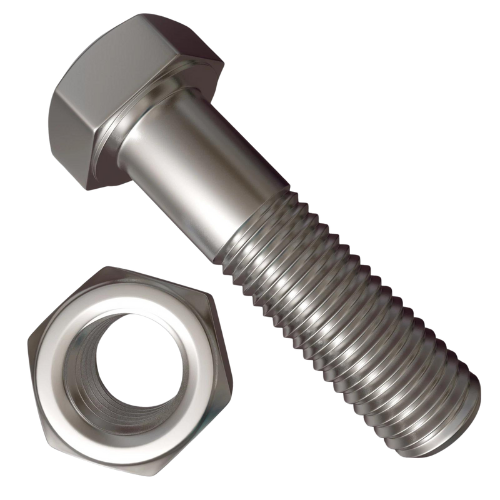
- Standard oxygen content, commercially pure titanium.
- It is widely acknowledged that pure titanium has an industrial standard.
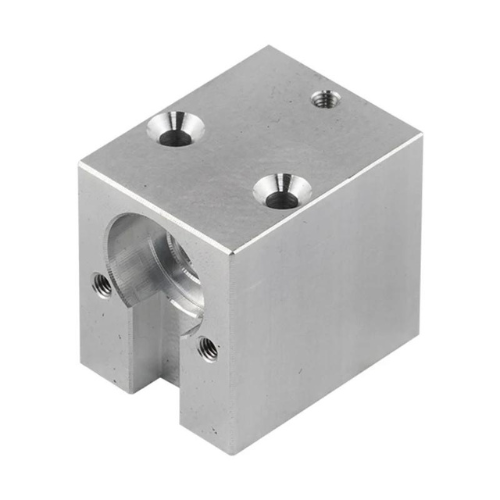
- Titanium that is commercially pure with a moderate oxygen concentration.
- Grade 3 is the least used in trade while having excellent mechanical properties.
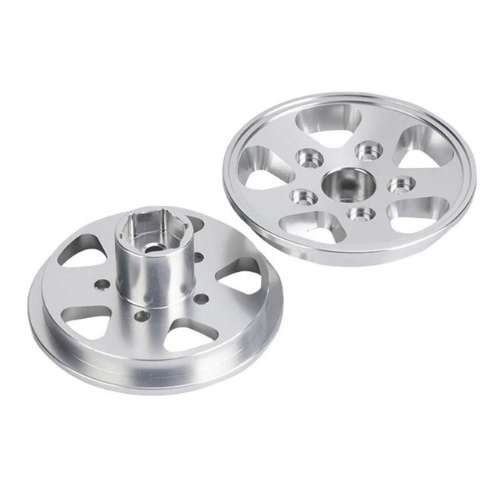
- High oxygen content and commercial purity characterize the titanium.
- Among the four commercially pure grades, it is thought to be the strongest.
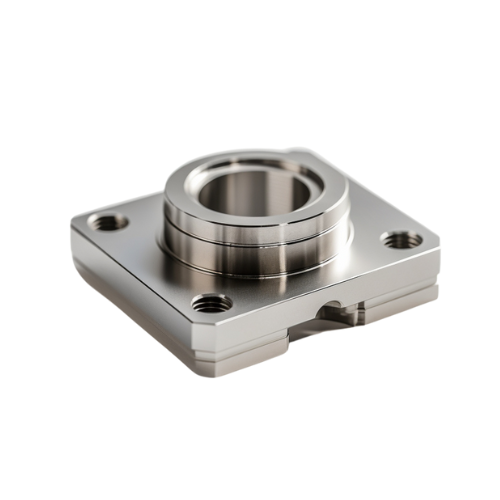
- An alloy of titanium, Ti6Al4V
- The titanium alloy that is most commonly used is this one. It contains 6% aluminum and 4% vanadium.
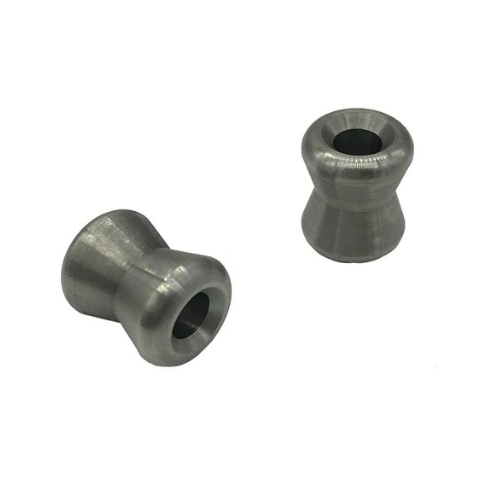
- Ti5Al-2.5Sn is an alloy of titanium.
- Most commonly used in applications where airframes and jet engines are involved.
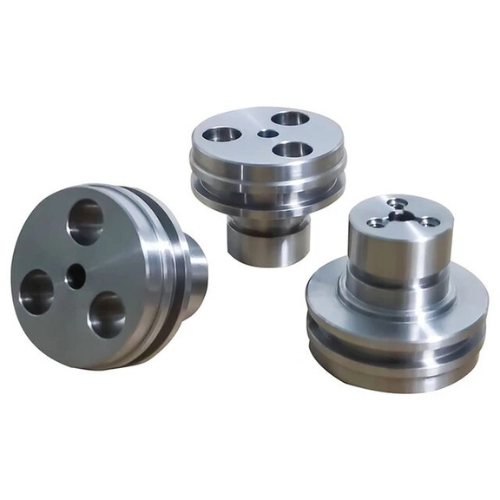
- Ti-0.15Pd, a titanium alloy, is occasionally regarded as “pure.”
- Comparable to grade 2, but with a tiny addition of palladium to increase corrosion resistance.
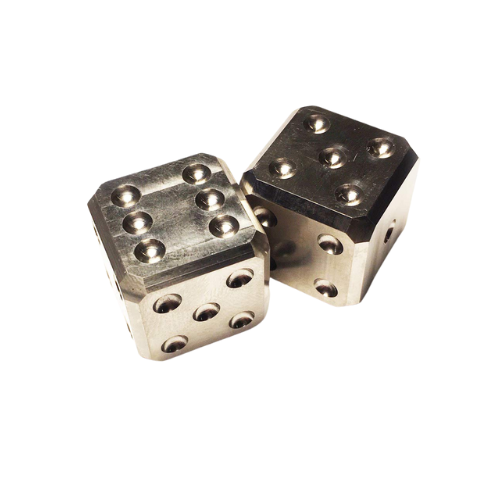
- Ti-0.15Pd, a titanium alloy, is occasionally regarded as “pure.”
- Lower tolerance for additional contaminants, similar to Grade 7.
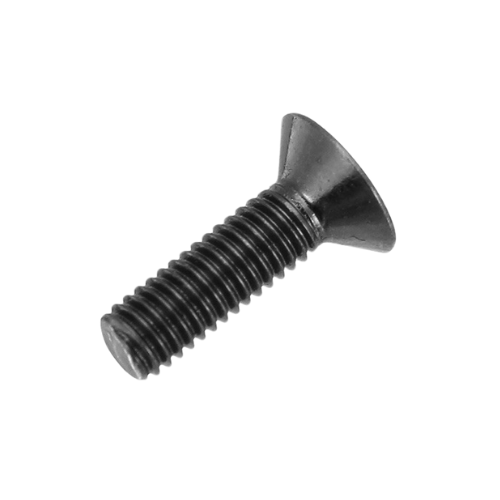
- Ti0.3Mo0.8Ni is an alloy made of titanium.
- This extremely strong alloy has 0.8% nickel and 0.3% molybdenum.
- T6Al4V-ELI is a titanium alloy.
- Also referred to on the market as TAV-EIL, or Extra Low Interstitial. Though purer, it is comparable to Grade 5.
The Main Advantages of Titanium Parts with CNC Machining
Durability and Portability: Titanium has an outstanding ratio of strength to weight.
Resistance to Corrosion: Submarines and maritime equipment made of titanium can be found submerged in the world’s lowest waters.
Compatibility with biological systems: Many people now have hope due to prostheses and medical implants made possible by titanium’s biocompatibility.
Heat-Resilient Resilience: Extreme temperatures are encountered by rocket motors and jet engines.
Regarding Costs: Titanium is not cheap. However, considering its durability, endurance, and potential to outlive alternatives, it offers cost savings in numerous long-term applications.
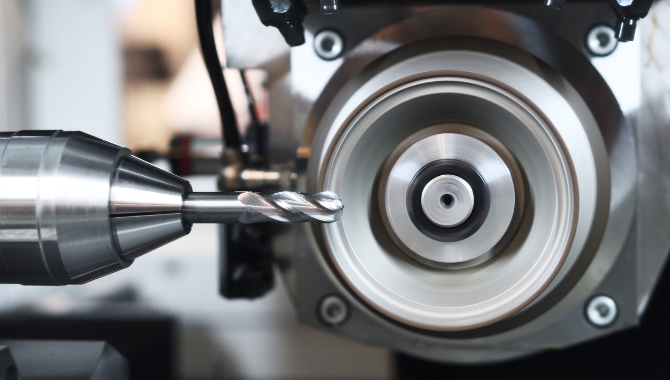
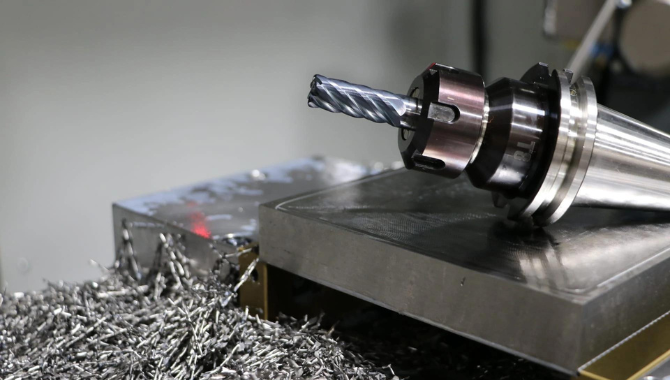
Practical Guidance Regarding Titanium Machining
Firmly Attach the Parts
- Since tool chatter is a normal occurrence with titanium, any vibration reduction will make titanium machining simpler.
Appropriate Selection of Cutting Tools
- With the demand for titanium growing, toolmakers are developing new techniques to improve titanium’s machinability.
Evaluation of the Cutting Requirements
- A constant, high-pressure coolant source directed at the area being cut is one of the easiest methods to keep the workpiece and tools cold.
Machined Surfaces Made of Titanium with Different Finishes
Titanium objects that have been CNC-machined can have their appearance or utility improved by using a variety of surface finishing procedures.
- Smoothing
- Polishing
- Bead blasting
- Brushing
- Painting
- Chroming
- Metalizing
- PVD coating
- Powder coating
- Electrophoresis
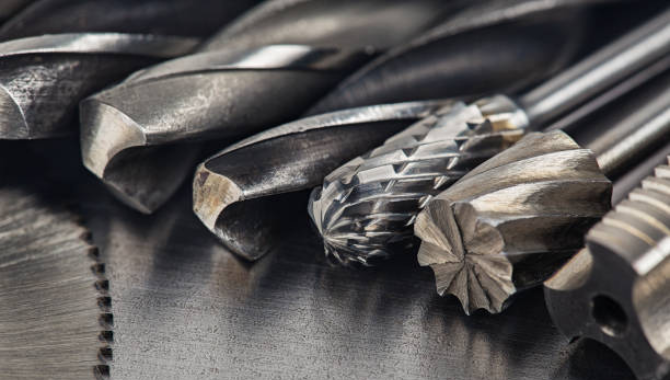

Increased Galling and Chemical Sensitivity
Titanium alloys may react with various gases during machining, resulting in problems including surface oxidation and embrittlement.
A Rise in Temperature and Cutting Pressure
Since titanium has a limited heat conductivity, rapid tooling causes heat to build up in the metal workpiece.
Stresses that Persist and Become Harder
Titanium alloys’ relatively low degree of flexibility stems from their crystal structure, which could present problems while machining.
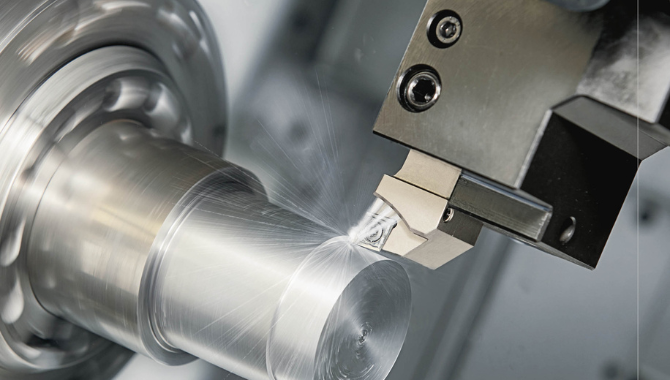
Carbon fiber inserts – Given their great wear resistance and toughness, these are the most often used cutting tools for titanium machining.
Tools made of High-Speed Steel (HSS) – Compared to carbide inserts, these tools are less expensive and appropriate for smaller machining jobs.
Ceramic inlay systems – These are appropriate for high-speed titanium machining since they are extremely durable and heat-resistant.
Tools made of polycrystalline diamonds (PCD) – Incredibly durable and wear-resistant and can be used for high-precision titanium machining.
Not magnetic: It has no magnetic properties.
Not dangerous: Titanium is a great material to utilize in the medical field because of its high biocompatibility, and non-toxicity.
Robustness: Titanium is an exceptionally robust material that performs well in CNC-machined parts.
Grade 5 titanium, or Ti6Al4V, is a material that is frequently used in CNC machining.
- Think About the Cutting Tool’s Flutes
- Keep Your Blade Sharp and Steer Clear of Interrupted Cuts
- Consider Cutting Tool Coating
- Use High-Feed Mills for Machining Titanium
Among the CNC machining processes employed are milling, turning, drilling, and tapping.
Titanium materials can be precisely and intricately shaped with the use of these processes.
Though titanium is more expensive, CNC machining of titanium is still appropriate for prototypes.
The utilization of CNC machining facilitates the precise and consistent construction of prototypes featuring intricate geometry.
Typical post-machining methods to guarantee the quality and integrity of the machined titanium parts are as follows:
- Making use of heat
- Surface finishing techniques include passivation and anodizing.
- As well as methods of examination.
Numerous variables, including the following, might affect the price of CNC machining titanium:
- The intricacy of the part
- Quantity
- Required toleration
- Volume of Production
- And grade of titanium



